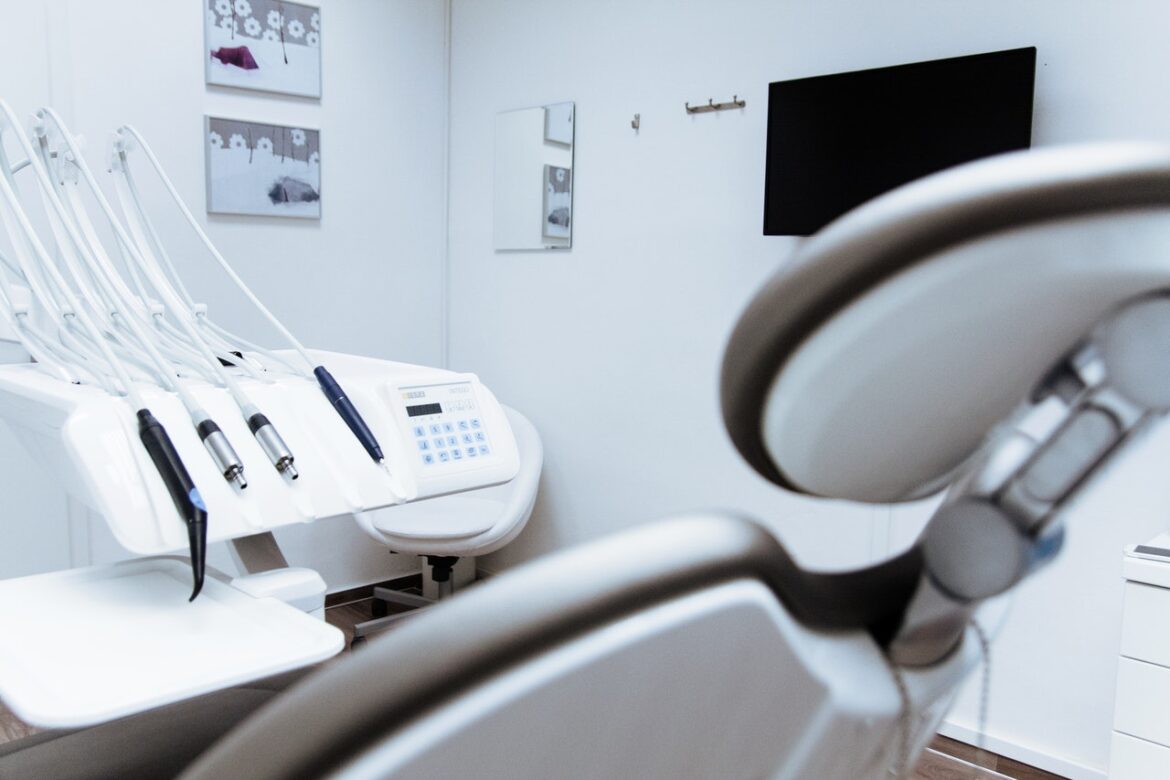Although useful for all organizations in any industry, the 7 phases of incident response are especially crucial to the healthcare sector. With so much data at stake and added pressure from compliance requirements, governmental agencies, and consumers, it’s necessary to have a clear, concise, and effective plan ready to go at a moment’s notice.
Incident Response in the Healthcare Industry
Cyber risks and threats in the healthcare sector take on many different forms. Since no two incidents are identical, organizations in the industry benefit most by implementing a series of incident response phases. When implemented correctly, these 7 phases of incident response ensure a quick solution to nearly any threat facing your organization:
- Initial Preparation
- Detection and Identification
- Threat Containment
- Threat Eradication
- System Restoration
- Learning & Review
- Follow-Up Actions & Testing
What are the 7 Phases of Incident Response?
Meant as general guidelines when creating your own plan, the 7 phases help outline the benefits of incident response planning in the healthcare industry.
In some cases, your team might be engaged in multiple phases simultaneously. The job of protecting your system from threats—and responding to incidents as they happen—is an ongoing activity that requires constant monitoring and diligence while adjusting your response plan as necessary.
1. Initial Preparation
Although the first incident response phase, initial preparation is a step that’s never complete. Since you always need to be prepared for threats, this phase continuously runs in the background during the others.
However, the value of your initial preparation phase shouldn’t be underestimated. It will steer the rest of your incident response phases, so you must consider preparations as a part of your organization’s critical cybersecurity efforts.
Preparation begins with a comprehensive risk assessment of your entire organization and extends beyond cybersecurity. Take note of any general threats, such as the risk of ransomware, and any unique threats to your organization. If your organization is located in a remote or largely inaccessible area, for example, you’ll need a contingency plan in case your primary means of communication or transportation is affected.
While it’s not feasible to plan for all possible scenarios, you can develop a program that addresses most reasonable incidents. Your risk assessment should prioritize threats based on likelihood and potential impact. Threats like ransomware, exploits, and social engineering are commonly seen in the healthcare industry, so a proactive approach is needed.
2. Detection & Identification
The second step in the 7 phases of incident response, detection and identification, is also continuous. Similar to the threats themselves, these efforts take on many forms.
However, it’s also a step that involves a high level of skill. Understanding the various cyber threats and how they differ requires a discerning, experienced eye. Identifying suspicious activities, following trends, and spotting early warning signs is an art that’s learned and refined over time.
Still, there are plenty of software tools to aid in threat detection and identification, including:
- Network firewalls – The most basic and rudimentary form of security. Every organization’s network should operate behind the protection of a firewall.
- Antivirus software – For best results, use antivirus software that includes real-time scanning and system monitoring. Although it might result in slightly slower data speeds, the extra time it takes is worth the added protection it provides.
- Malware detectors – Malicious software, including ransomware, usually isn’t detectable by traditional firewalls or antivirus scanners. You should consider using a separate anti-malware software to create a cybersecurity infrastructure with layered protections just in case.
Managed Threat Detection & Identification
There are also professional services and solutions available to help in identifying and detecting threats, too, including:
- Network monitoring – Consistent network monitoring is your best defense when trying to detect and identify threats as quickly as possible.
- Penetration testing – Never put all of your trust in your network firewalls, antivirus, or anti-malware software. Instead, put it to the test with comprehensive penetration testing.
- Managed security services – Take the burden off from your local IT staff and enlist the help of professionals with managed security services.
- Patch management – Dedicated patch management ensures that all of your software and hardware systems are fully patched and up-to-date.
Request a Free Consultation
Identifying Threats
Once detected, threats are then classified according to their severity.
- Level 0 – This includes basic threats like SPAM emails, limited virus infections, and similar issues that don’t have a widespread effect on your entire network.
- Level 1 – Incidents with a severe impact on your network are categorized here. Disrupted communication systems and other service delays typically fall into this category.
- Level 2 – Severe threats fall into this category. This includes significant data breaches and invasive computer worms.
- Level 3 – The final category is reserved for the largest and most significant threats. If an attack results in personal data being leaked or published to an online forum, for example, the threat is categorized here.
Remember: the best defense is a good offense. Taking a proactive approach to threat detection and identification will help prevent many issues and mitigate many threats before they even occur.

3. Threat Containment
The next phase involves containing the threat, neutralizing its potential, and minimizing any damage already caused. Although it’s commonly listed as the third step in the 7 phases of incident response, it’s one of the most important steps of all.
Containing a cyber threat is also a balancing act. Although you’ll want to avoid overreacting, it’s still important that you do what it takes to prevent the threat from causing even more damage. There are several key goals of threat containment, including:
- Identifying the affected system or systems
- Isolating the affected system along with any immediate threats
- Notifying the affected parties and beginning investigations
Sub-Procedures
Once these goals have been achieved, your team should utilize sub-procedures as necessary. Some examples of these sub-procedures include:
- Collecting, handling, and documenting evidence
- Escalating issues to the appropriate personnel
- Communicating progress to the entire organization
4. Threat Eradication
Now it’s time to eradicate the threat once and for all. This maneuver is only possible once the threat has been successfully identified and contained, so it’s essential to follow the incident response phases in the proper order. Failing to do so could leave holes or gaps in your system that are easily exploitable in the future.
Many of your options here depend on the exact type of threat you’re facing. For simple antivirus or malware infections, your local antivirus or anti-malware software will usually suffice. Larger, more significant threats, like widespread data breaches, will require a lot more effort.
In cases like this, the process of threat eradication is generally prolonged but ultimately depends on the size and scope of the threat. Until then, you might have to take additional steps, including:
- Temporarily suspending or delaying services until the problem is resolved
- Communicating progress with patients, key stakeholders, and the general public
- Switching to backup systems until your primary infrastructure can be restored
- Issuing refunds to patients or consumers who have suffered a monetary loss as a result of the incident

5. System Restoration
The fifth of 7 incident response phases, this is the step where you’ll finally restore access to your entire system and resume business as usual. Again, comprehensive planning prior to an attack can save you significant hassle during this phase.
Begin this phase by reverting any additional security controls that were implemented in the wake of the incident. If any issues were missed during the detection and identification, containment, or eradication phase, you’d likely see it manifest here.
It’s easier to restore a system after experiencing an isolated incident rather than widespread issues. Cases like this can usually be resolved by restoring prior system backups and replacing infected files with clean versions. Additional steps include requiring users to change their passwords and ensuring all of your systems have the latest patches installed.
A more hands-on approach is necessary for more severe issues or in the absence of a recent system backup. In cases like this, you might need to restore your system from a generic baseline or restoration point. This leaves you with a fresh, newly installed system, but it might result in some incomplete data or missing files.
6. Learning & Review
To help your entire team understand the benefits of an incident response plan, it’s important to review the incident in its entirety. If possible, begin your review with the weeks and days leading up to the incident. This can help you determine an exact cause and give you an idea of how to avoid such issues in the future.
Asking your team targeted questions goes a long way when instilling lessons and cultivating a learning experience for all. Some potential questions include:
- What information helped you the most?
- Is there any information that you didn’t have that would’ve helped?
- What resources were most valuable during the 7 phases of incident response?
- Did you use any of your previous training during the incident?
- What kind of training would be helpful when dealing with future threats?
- Is there anything that can be done differently in the future?
Questions like this help jumpstart the brainstorming process. They also help your team gain a full understanding of the incident, including any options they have when dealing with future threats. Sharing these thoughts and brainstorming new ideas is a great way to avoid repeat mistakes and drive future productivity for everyone involved.
7. Follow-Up Actions & Testing
While some programs only utilize six phases, it’s recommended that organizations in the healthcare industry follow all 7 phases of incident response. The seventh phase involves all follow-up actions, including testing your system for any remaining vulnerabilities and reporting a data breach when necessary.
The exact follow-up actions taken depend on the size and scope of the incident but should always include:
- Debriefing – Staff should, at the very least, receive a debriefing on any significant incident. This could be delivered via face-to-face group meetings, conference calls, or email.
- Employee training – In some cases, you might find the need for additional employee training. Use this phase to notify these individuals and to verify that their training directives are met.
- Training for security teams may consist of tabletop incident exercises.
- Training for non-technical employees may consist of phishing simulation training to raise threat awareness.
- System upgrades and patches – Many incidents can be avoided altogether by ensuring that your system is up-to-date with the latest patches. You might even consider upgrading to new software or hardware in the wake of a significant incident.
- Compliance reporting – Any unauthorized, improper disclosure of protected health information constitutes a data breach under the Health Insurance Portability and Accountability Act (HIPAA). If your cybersecurity infrastructure was compromised, there’s a high chance the incident counts as a data breach and requires reporting.
Testing
You’ll also use this phase for testing your newly reinforced system against common cyber risks and threats. Start by evaluating your network protections against some of the most basic and common threats in the healthcare industry:
- Viruses, malware, and ransomware – These are amongst the most common threats, but they’re also the easiest to avoid. Educating your staff members, implementing firewall protections, and monitoring your network for suspicious activity are the best defenses against threats like this.
- Zero-day exploits – This refers to both unknown issues and known issues that have yet to be patched. Although you may not have direct control over the development of new patches, you can ensure that all available patches are deployed and up-to-date.
- Social engineering – Hackers use a variety of social engineering tricks when trying to gain access to a system. Beyond security training and perimeter protections, organizations should implement comprehensive identity and access management and security information and event management solutions. Their ability to flag suspicious activity is especially beneficial when protecting against social engineering strategies.
Finally, make sure to test your system against the same incident that you’re currently recovering from. If it happened once, then it may occur again. So, you must take the necessary steps to mitigate or account for that specific issue.
Taking a Step-by-Step Approach
With so many threats facing the healthcare sector, adopting a step-by-step approach to incident response is essential. Continuous phases ensure your security team remains ready should an incident occur, while later phases should follow well-documented response plans. Finally, after the incident, your security team should use the experience to inform future efforts.
To find out more about the cybersecurity risks and threats currently facing the healthcare industry as a whole, or to learn more about the 7 phases of incident response, contact RSI Security today.
